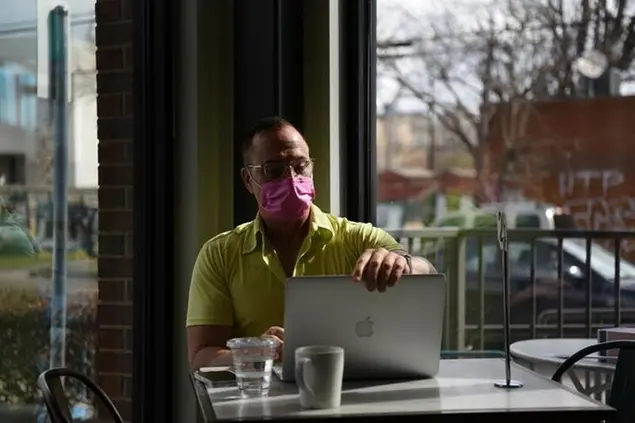PHOTO
WASHINGTON - The gain of 339,000 U.S. payroll jobs in May was a blockbuster number, nearly double what was normal before the pandemic and seeming confirmation that key parts of the economy motor along despite aggressive Federal Reserve interest rate increases.
But details beneath the headline number may, if sustained, point to some of the first cracks in a labor market that has defied expectations through much of the recovery from the COVID-19 pandemic.
The unemployment rate rose by what is a comparatively large three-tenths of a percentage point, from 3.4% to 3.7%, a level of change not seen, outside the onset of the pandemic, in more than a decade during the sluggish recovery from the 2007-2009 recession.
The number of unemployed people jumped by 440,000, the most since November 2010.
Notably, the burden fell disproportionately on Black workers, who accounted for almost half the increase in the number of unemployed and who saw their unemployment rate climb nearly a full percentage point, to 5.6% from 4.7%, the biggest jump in 11 years.
Touted by the Biden administration as a sign of continued employment strength, the May numbers put the U.S. ever closer to recovering not just the jobs lost during the first months of the pandemic - payroll employment is already 3.7 million positions beyond that - but closer to the trend that would have been needed to roughly account for labor force growth.
Yet the rise in Black unemployment in particular is something critics of Fed policy have been concerned could be a leading-edge sign that the job market was turning sour. Fast initial job losses among Black workers are a feature of U.S. downturns and recessions.
"It is only one month of data, and it can be easy to overreact, but certain red flags cannot be ignored," said Nick Bunker, head of economic research at the Indeed Hiring Lab. In addition, the average number of weekly hours worked fell again to 34.3, "and are now below their average level from 2017 to 2019 - a traditional recession indicator and a potential signal that employers are now able to hire workers more readily," he said.
POST-PANDEMIC NORMALIZATION
The pace of wage gains last month also slowed.
Other aspects of the data suggested a less dynamic hiring environment.
According to a separate labor flows series published by the Bureau of Labor Statistics, the rise in the number of unemployed was partly due to a decline in job finding: The number of unemployed people who found a job in May fell to 1.46 million on a seasonally adjusted basis, about 300,000 below the average since the start of 2022.
The number of people who lost jobs and began looking for work after that, at around 1.68 million, was about 150,000 above the average of recent months - a possible sign that people, out of choice or necessity, were willing to stay in the labor market after pandemic years in which workers seemed willing to shuffle in and out of jobs and the job market more freely.
Despite the outsized job gains, the details of the report may suggest a labor market "normalizing" after the disruptions of the pandemic. The drop in employment levels registered in the monthly survey of households, for example, was driven by a decline in self-employment - something that had spiked during the pandemic alongside an unexpected rise in business starts that may have represented people searching for alternatives during the health crisis.
Overall, said Rick Rieder, global bond chief at investment giant BlackRock, hiring momentum in industries that remain short of pre-pandemic employment levels, like leisure and hospitality, or that face notable labor shortages, like health and education, may continue to fuel monthly job gains even as other parts of the job market slow.
It's an environment, he said, where the Fed may be right to be cautious.
"The fact is that the labor market is still very tight, aided by shortfalls in some service sectors, as well as by historic demographic trends" like population aging, Rieder said. "Yet rather than see the Fed crush the labor market now, in order to bring down still excessively high inflation, we think it's likely that in time the economy could recalibrate organically and in a healthier manner."
(Reporting by Howard Schneider; editing by Paul Simao)
